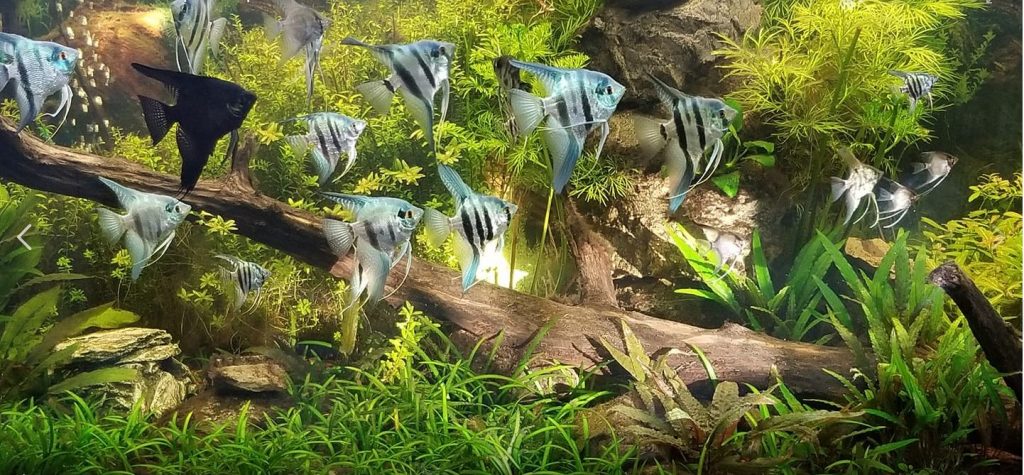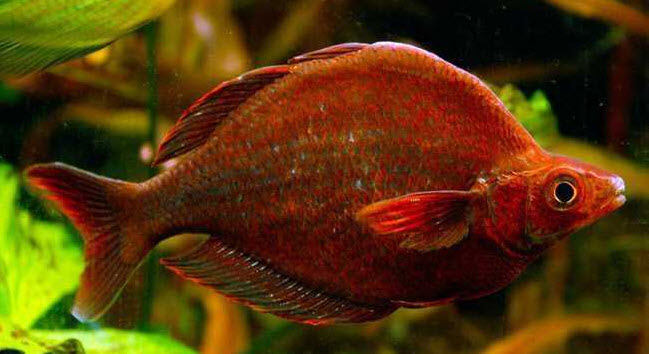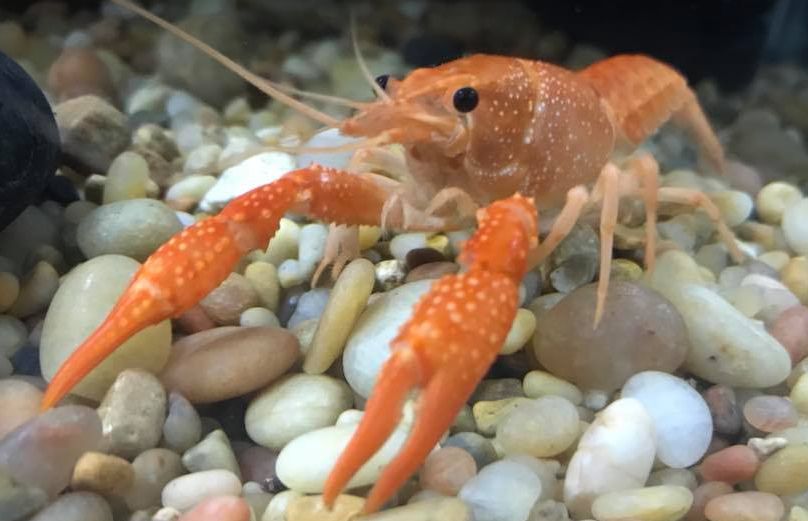
The term “polishing filtration” is often used in the aquarium hobby. It is the filtration of small visible particles in the water by a very fine mechanical filter such as packed polyester floss. Well packed polyester floss (“Polyfil” the material used in pillows) will take out particles one can see. This will give “somewhat” clear water. “Pinkie pads” and 40 ppi foam will do the same thing.
I’m not a big fan of polishing filtration. I’m too lazy to open up my canisters every week and clean the polishing pad. I also find “over filtration” to give far more crystal clear water than polishing filtration. For a better alternative to polishing filtration read this article:
6.3. Over Filtration

Polishing filtration will not take out particles less than 20 microns in size. Bacteria are 2 to 8 microns in size. So polishing filtration will not typically give “crystal” clear bacteria free, water.
One also needs to be cautious here. The automatic temptation is to just stuff a canister or a hang-on-back filter with tightly packed pillow floss and go away. But aquarium water is dirty water. It will have a lot of particulate in it. So a tightly packed Polyfil polishing filter in an aquarium can clog very rapidly, requiring frequent cleaning.
Also virtually all aquarium pumps are low pressure pumps. Packed polyester resists the flow of the water and creates a back pressure which can severely impact the flow of water through a filtration system. It can reduce the flow to a trickle.

Many hobbyist’s do obtain “somewhat” clear water using a thin layer of polyester fibers in a mat. A popular brand is called “Pinkie pads”. Other hobbyists use 40 ppi foam to do polishing filtration. The downside to these polishing medias is that they need to be replaced or cleaned every 3 to 10 days, depending on the stocking of the tank in question. If the media is not cleaned or changed on a weekly basis but instead goes months without plugging, then the media is configured to be a biofilter, not a polishing filter.
If a large amount of Polyfil is very loosely packed in a very large low flow rate filter (think a 55-gallon drum or a trash can filter) it is a great biofiltration media and will last for months without cleaning.
But polishing filtration has another shortcoming, namely it cannot eliminate dissolved organic compounds (DOCs). Since DOCs are what feed bacteria in the water column it is important to eliminate them to produce really crystal clear water. So polishing filtration needs to be accompanied by good filtration, with a good biomedia, to produce “crystal” clear water.

On Youtuber commented that he used polyester floss to get crystal clear water in his canister. He then said he only changed out the floss every six months or so and never cleaned it. This persons aquarium probably had a large canister with few fish, good aeration and a high protein food. This enabled the floss to become a biological filter media rather than a mechanical filter media. This person was NOT doing polishing filtration. He was just doing excellent biological filtration with floss.
More information on this can be had at the following addresses:
4.3. Free-Floating Bacteria
6.4. Crystal-Clear Water
6.4.1. Crystal-Clear Water in Depth
.
Return to Filtration Menu
.
Aquarium Science Website
The chapters shown below or on the right side in maroon lead to close to 400 articles on all aspects of keeping a freshwater aquarium. These articles have NO links to profit making sites and are thus unbiased in their recommendations, unlike all the for-profit sites you will find with Google. Bookmark and browse!
.

Dave says
In reply to Norm … The solution is over filtration. https://aquariumscience.org/index.php/6-3-over-filtration/
Norm says
I get it…but I don’t see a solution. How does one polish the water, then, given failed methods you wrote about. I am looking for a solution!